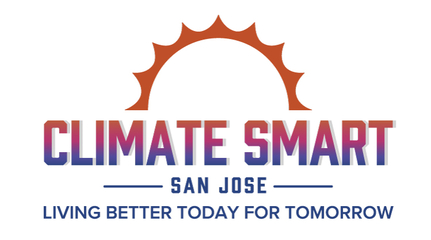AnneBalis Sep 4 2025 at 12:23PM on page 10
We've revised the baseline data in the Update to reflect the original values in the Climate Smart plan, which were reflective of the 2017 calendar year. Because of this, we've revised SJCE energy values to N/A.

Comments
Close